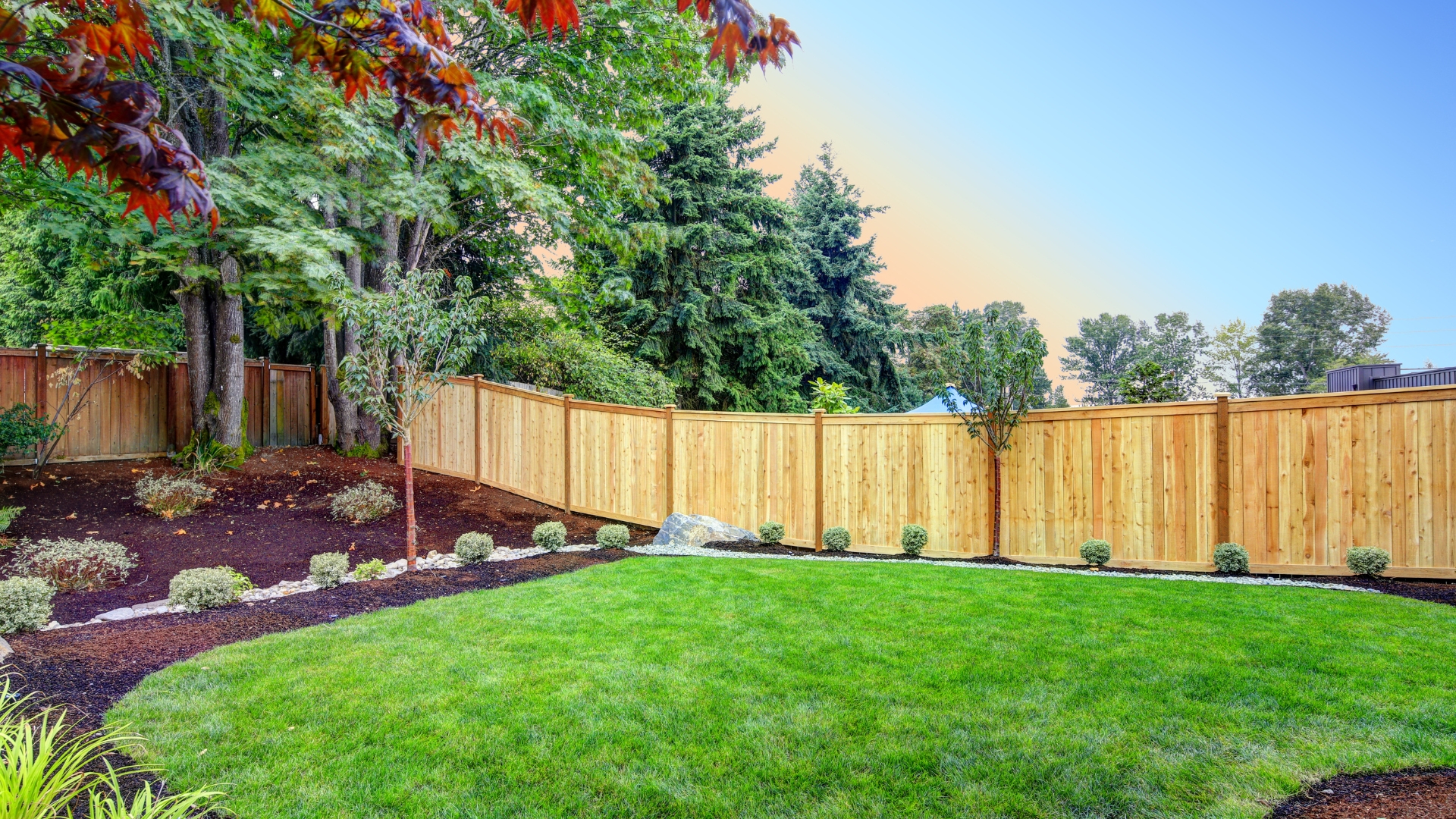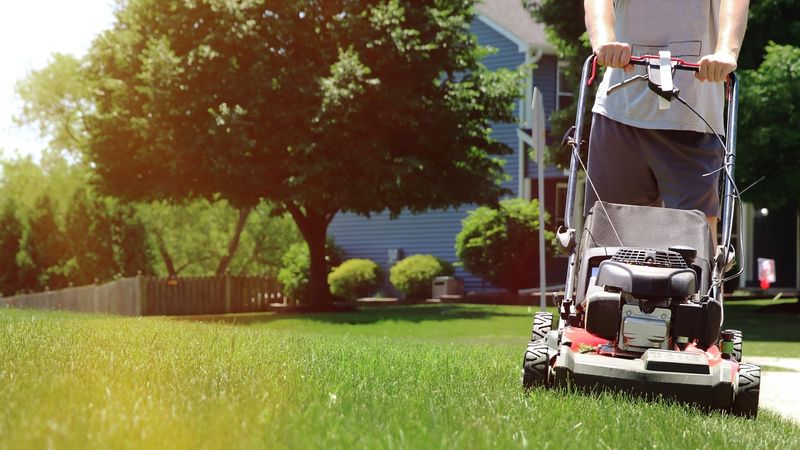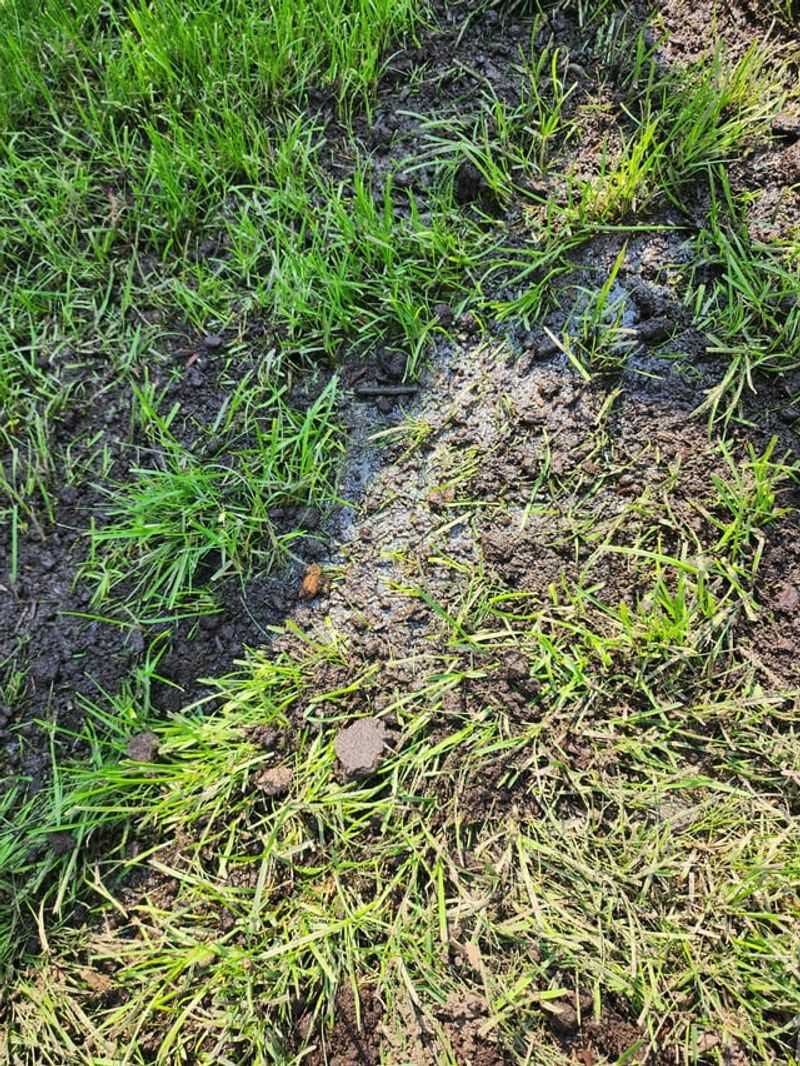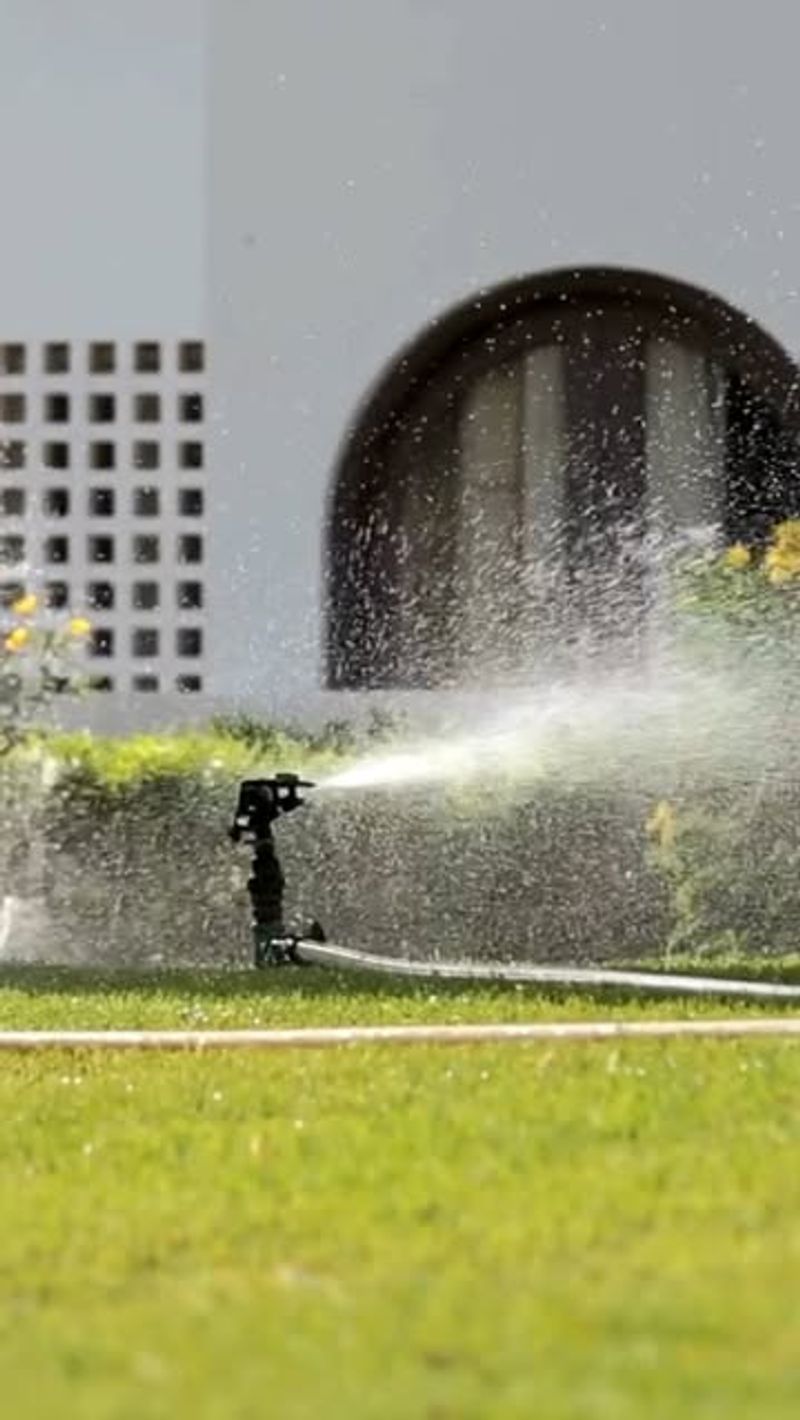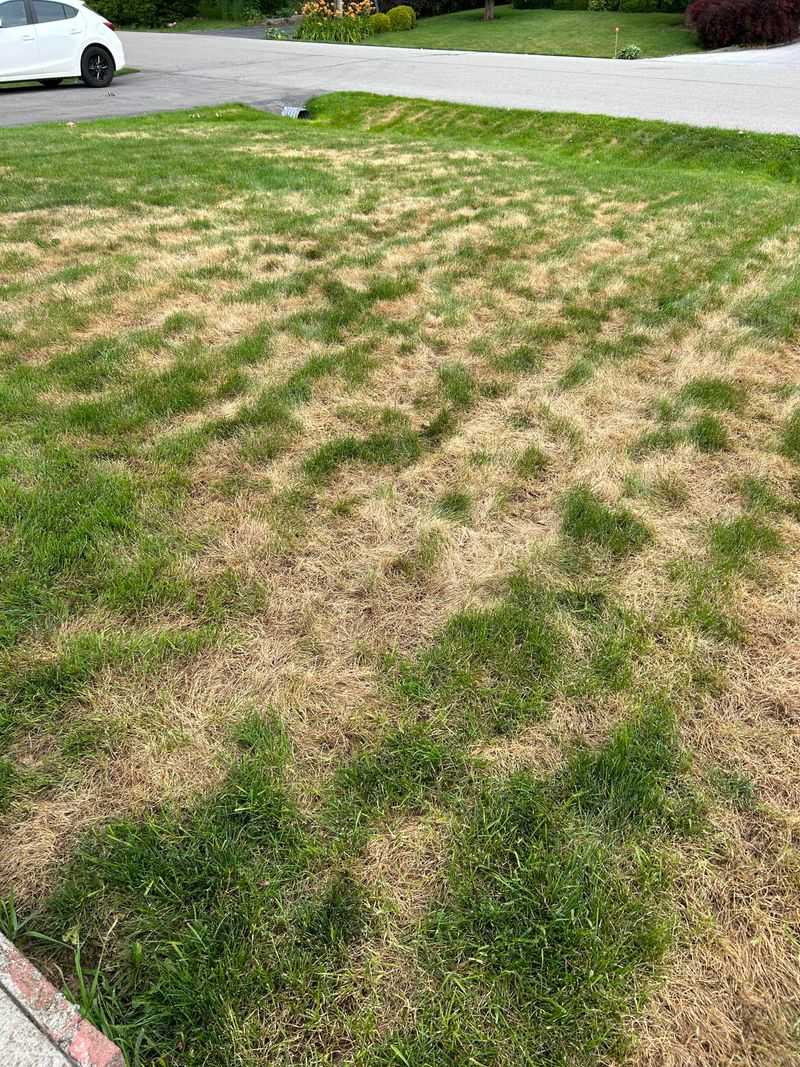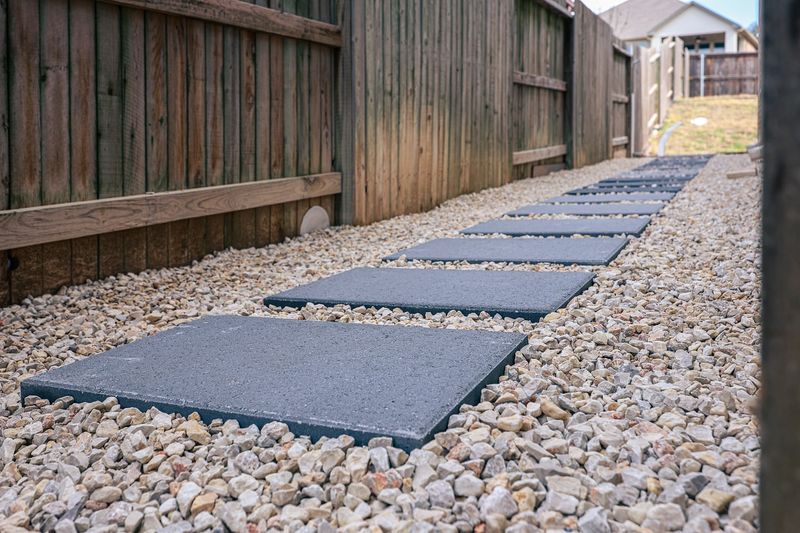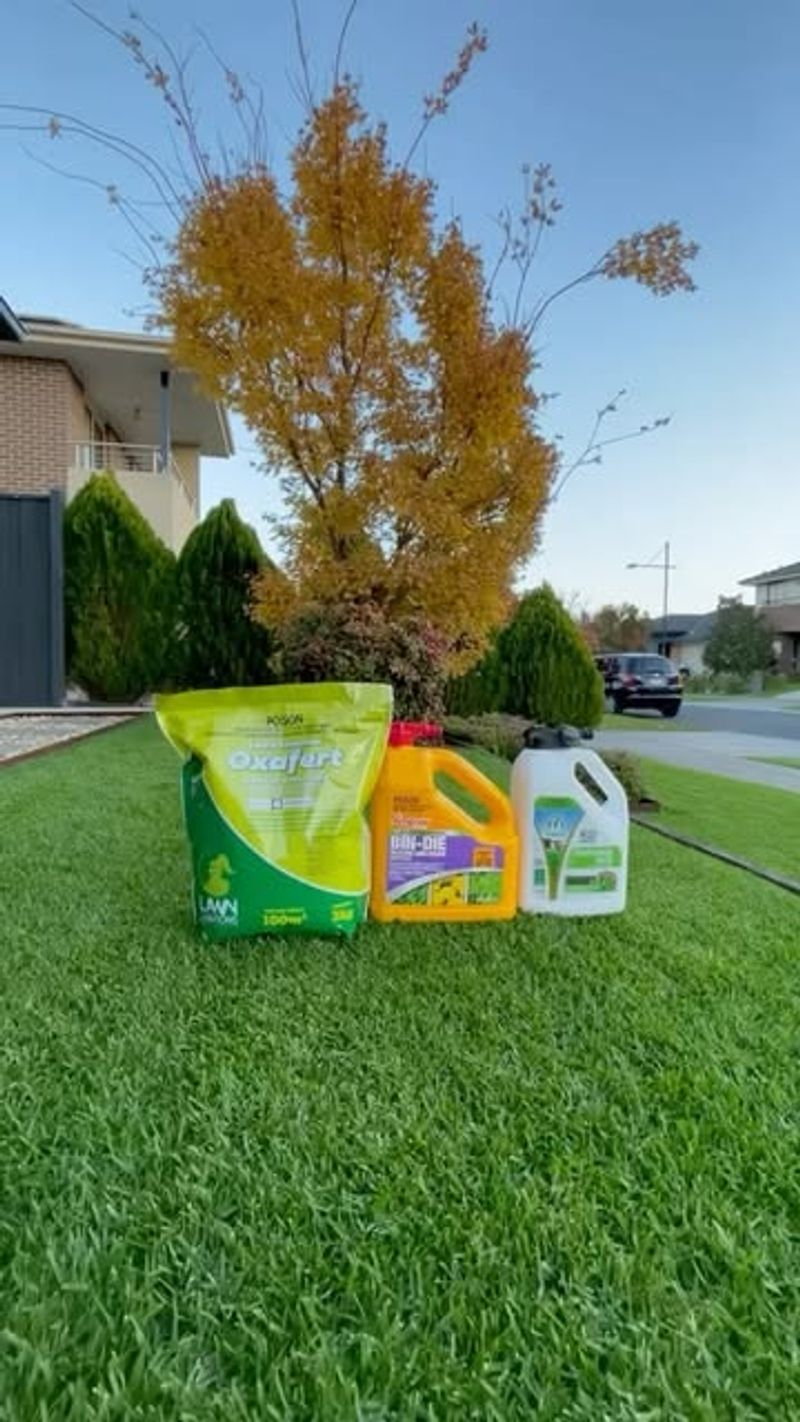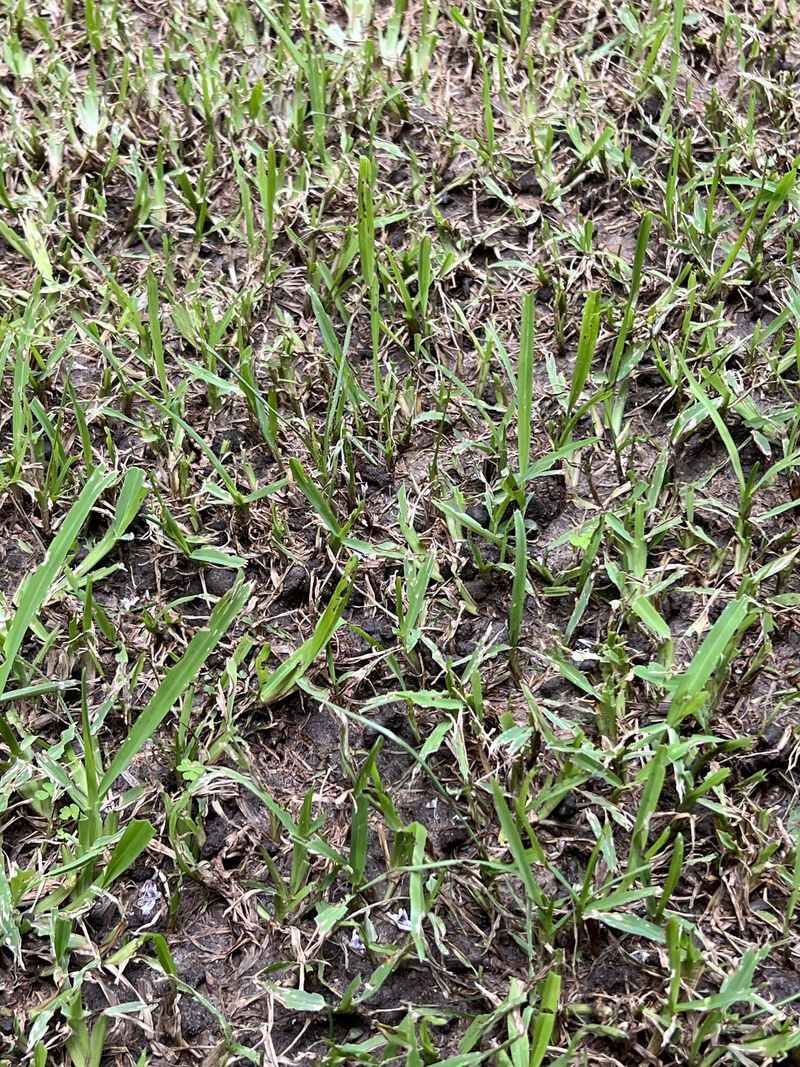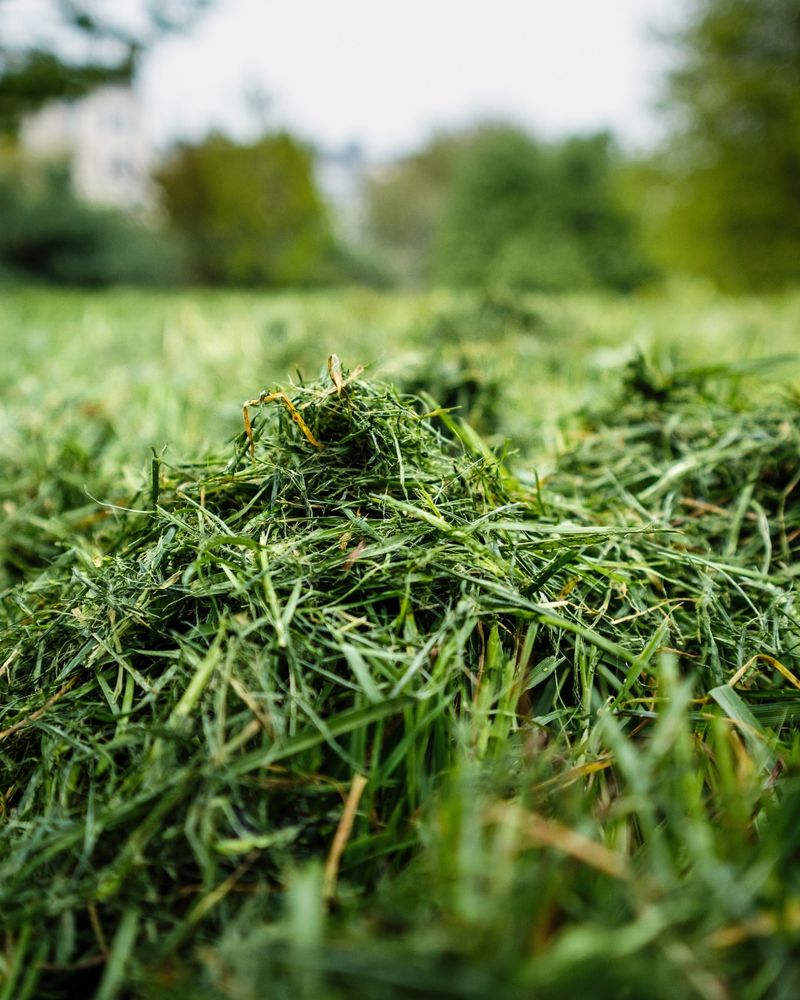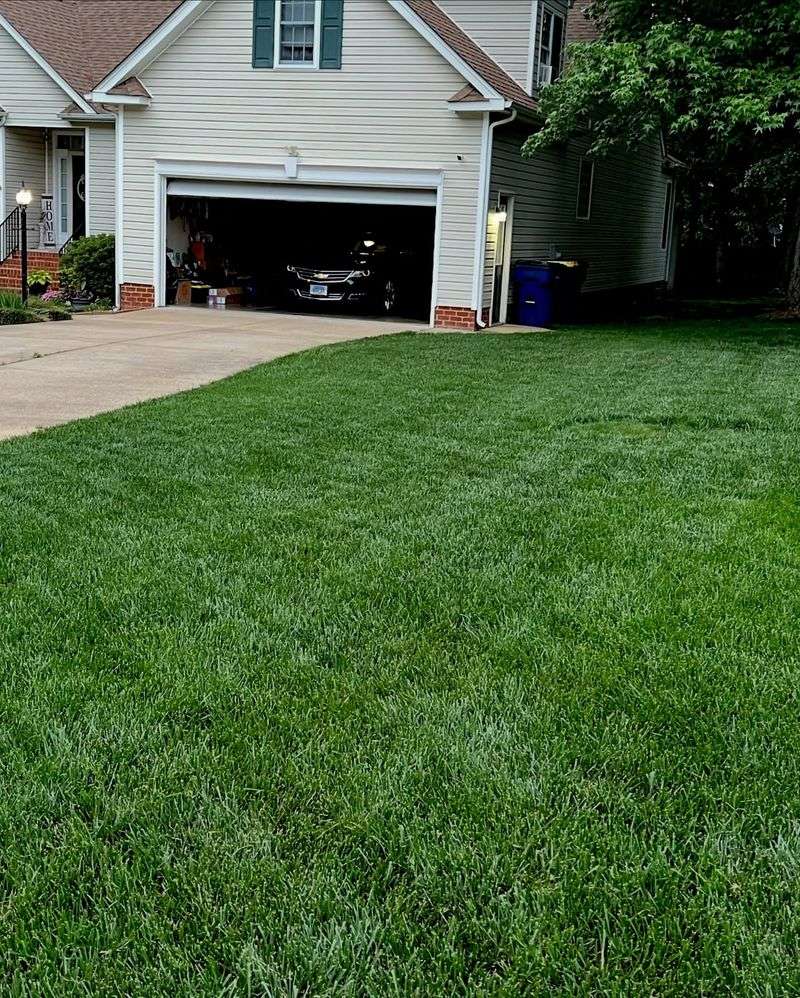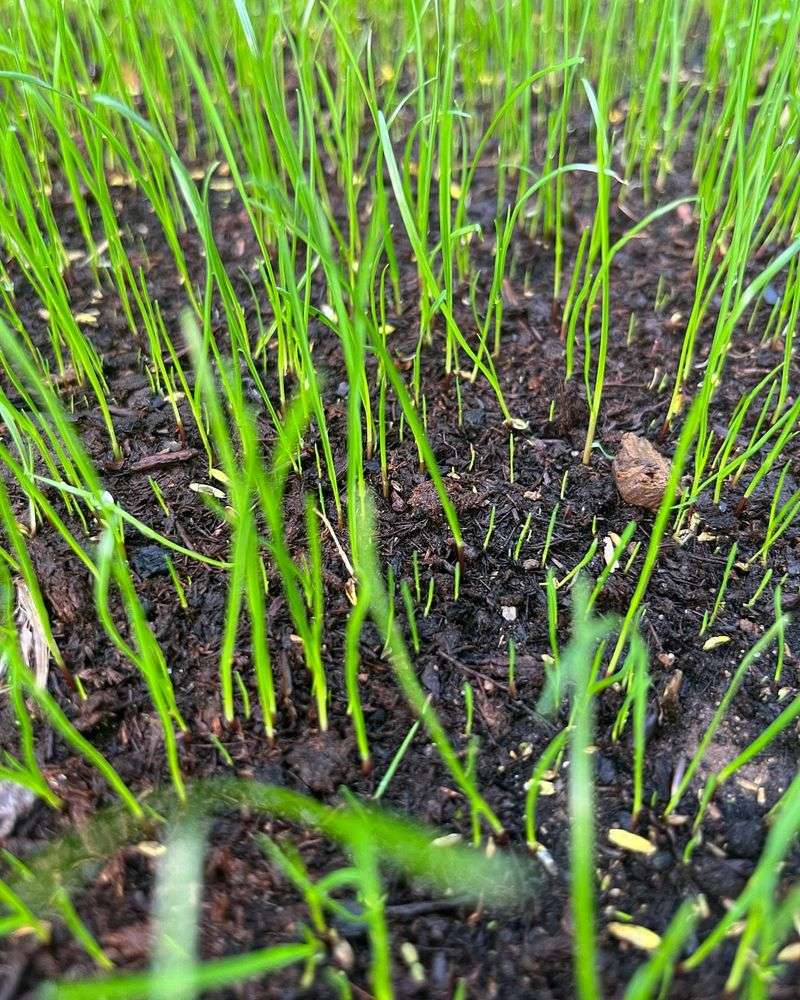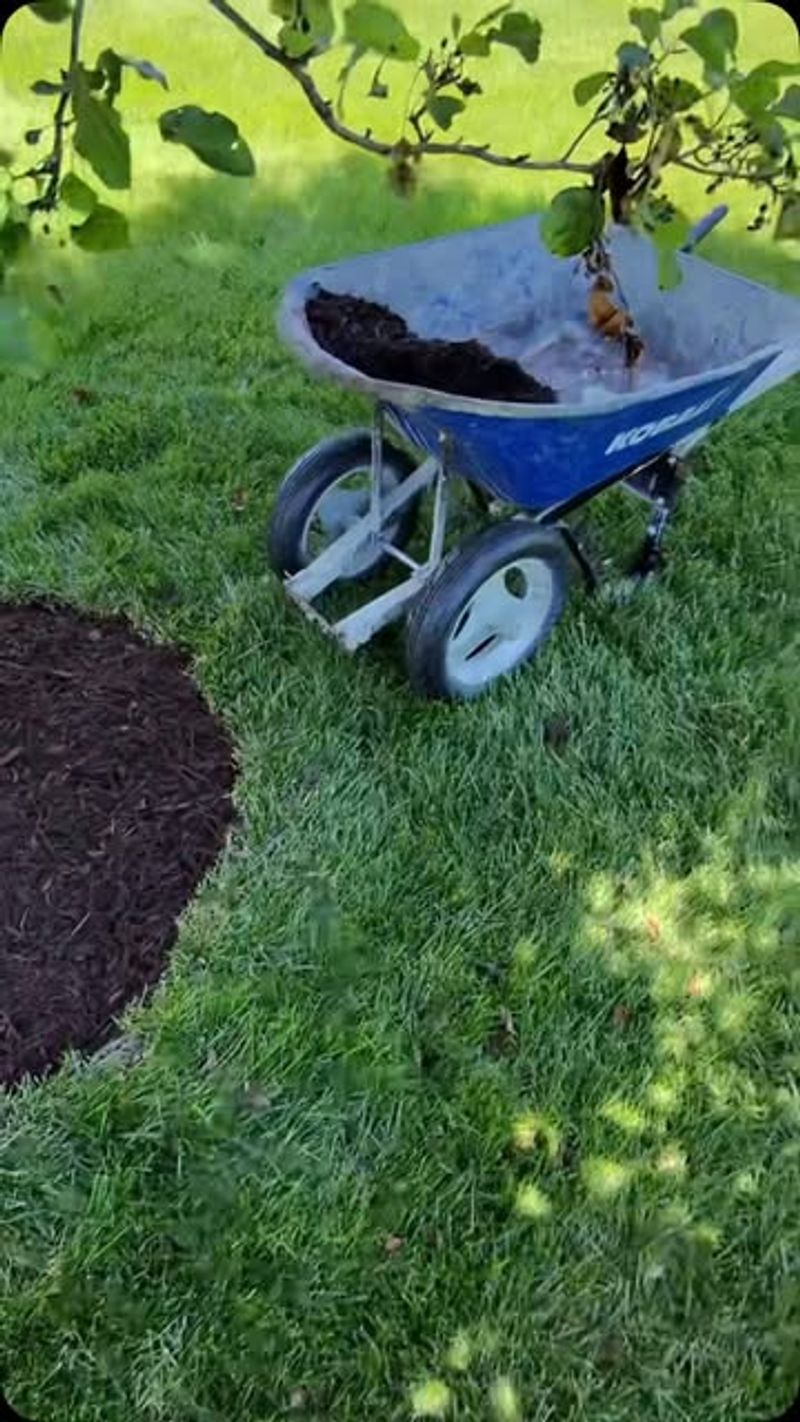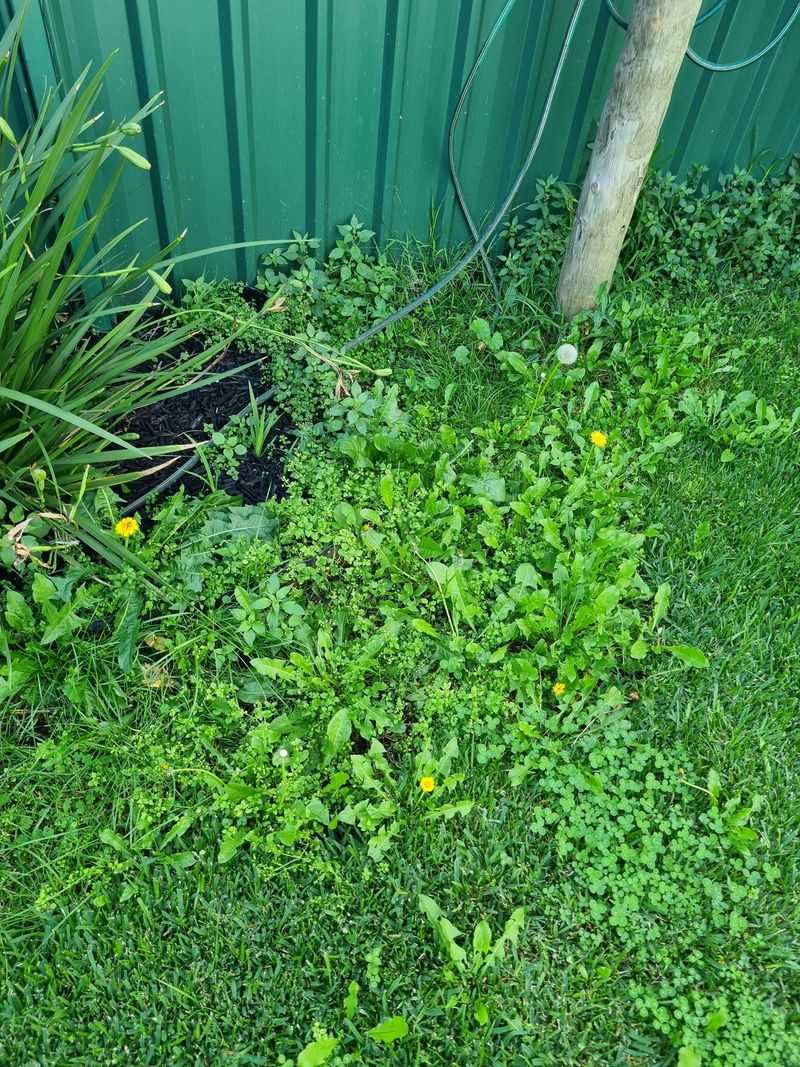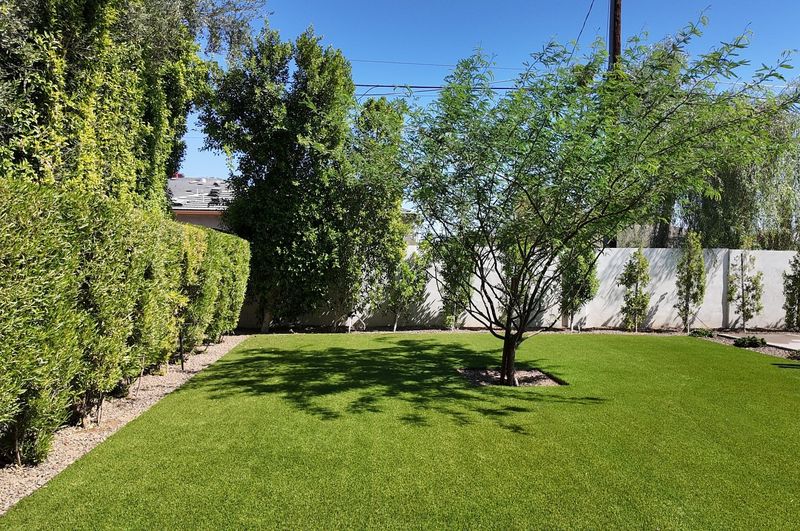Hot weather has a way of turning small lawn mistakes into major problems before you even notice. I’ve been there—brown patches, crunchy grass, and no clue what went wrong.
Turns out, a few habits we all pick up can actually do more harm than good once the heat rolls in. These 10 common mistakes are easy to make, but luckily, they’re just as easy to fix.
Here’s what to avoid and what to do instead to keep your lawn looking fresh all summer.
1. Mowing Too Short
Scalping your lawn during hot weather removes the grass’s natural shade protection. Short grass allows the sun to bake the soil, stressing roots and causing moisture to evaporate faster than your lawn can absorb it.
Taller grass develops deeper roots that can reach water further down in the soil. When temperatures climb, raise your mower height by at least an inch to help your lawn survive the heat.
2. Watering Too Frequently
Daily light sprinkling encourages shallow root growth, making grass more vulnerable to heat stress. Your lawn becomes dependent on frequent watering and can’t survive when water restrictions kick in or you miss a day.
The roots never grow deep enough to find natural moisture sources. Smart watering means giving your lawn a good, deep soak 2-3 times per week instead of daily light sprinkles.
3. Watering at Noon
Spraying water on your grass during the hottest part of the day is practically throwing money away. Most of that precious water evaporates before it can reach the roots where it’s needed most.
Midday watering can actually scorch your grass as water droplets magnify the sun’s rays. The water simply doesn’t have time to soak in before the heat steals it away.
4. Over-Fertilizing
Dumping fertilizer on your lawn during summer heat forces grass to grow when it’s trying to conserve energy. This stresses the plant and can lead to fertilizer burn, which looks like yellow or brown patches across your yard.
Summer’s high temperatures accelerate chemical reactions in fertilizer, making burn damage more likely. Your grass is already working overtime to survive the heat – adding fertilizer is like forcing a marathon runner to sprint.
5. Heavy Foot Traffic
Walking or playing on your lawn repeatedly during hot, dry spells crushes already stressed grass. The weight compacts soil, making it harder for roots to grow and for water to penetrate where it’s needed.
Heat-stressed grass doesn’t bounce back like it would in cooler weather. Those paths worn through your yard might not recover until fall or even next spring if the damage is severe enough.
6. Aggressive Weed Control
Attacking weeds with harsh chemicals during hot weather can backfire badly. Many herbicides work by increasing a plant’s growth rate until it essentially grows itself to death – but this stresses surrounding grass too.
Heat amplifies herbicide effects, often causing collateral damage to your lawn. The combination of chemical stress and heat stress is often too much for grass to handle, leaving brown patches where you were trying to kill only weeds.
7. Ignoring Soil Compaction
Hard, compacted soil becomes even more problematic during heat waves. Water runs off instead of soaking in, and roots can’t push through the dense earth to find moisture deeper down.
Clay soils especially tend to bake into a concrete-like consistency during hot weather. Without proper aeration, your grass essentially sits on top of an impenetrable surface with no way to access the water and nutrients it desperately needs.
8. Leaving Grass Clippings
Those thick mats of clippings you leave behind after mowing can suffocate your lawn in summer. Unlike spring or fall when decomposition happens quickly, summer heat can dry out clumps of grass clippings before they break down.
These thatch barriers prevent water from reaching the soil and create perfect hiding spots for fungal diseases and pests. What works as natural fertilizer in cooler months becomes problematic when temperatures soar.
9. Using Dull Mower Blades
Cutting grass with dull blades tears rather than cleanly slices the grass blades. These ragged edges create larger wounds that lose moisture much faster than clean cuts, especially critical during hot weather.
The damaged grass tips turn brown quickly, giving your entire lawn a scorched appearance. Sharp blades make clean cuts that seal better and lose less moisture – exactly what your lawn needs when temperatures climb.
10. Planting New Grass
Starting new grass from seed during summer is setting yourself up for failure. Young seedlings have shallow roots that can’t reach deep enough for water when the top inch of soil dries out in hours under the summer sun.
Baby grass plants need constant moisture to survive, which is nearly impossible to maintain in hot weather. The tender shoots simply can’t establish themselves fast enough to outpace the heat’s drying effects.
11. Water Deeply, Not Daily
Giving your lawn one good soaking (about 1 inch of water) encourages roots to grow deeper in search of moisture. Deep roots mean more drought-resistant grass that can survive hot spells without constant babying.
Water early in the morning (ideally between 4-9 AM) when temperatures are cooler and wind is calm. This timing maximizes absorption and minimizes evaporation, making each watering session count for more.
12. Mow High and Often
Setting your mower to its highest setting (3-4 inches) keeps grass tall enough to shade its own roots. This natural cooling system reduces evaporation and keeps soil temperatures lower, even during heat waves.
Frequent mowing that removes just the top third of the grass blade prevents shock to the plant. This “tall but trim” approach maintains the lawn’s appearance while maximizing its natural heat resistance capabilities.
13. Apply Mulch to Bare Spots
Covering thin or bare patches with a light layer of compost helps protect exposed soil from baking in the sun. This temporary protection prevents further damage until cooler weather returns and reseeding becomes viable.
The dark compost absorbs water better than compacted soil and provides nutrients that help remaining grass recover. It’s like putting a bandage on your lawn’s summer wounds until proper healing can occur.
14. Spot-Treat Weeds Carefully
Instead of broadcasting weed killer across your entire lawn, target individual weeds with precise applications. Use a small paintbrush to apply herbicide directly to weed leaves, avoiding contact with your grass completely.
Early morning or evening applications reduce evaporation and drift, keeping the chemicals where you want them. This surgical approach eliminates weeds without adding chemical stress to already heat-stressed grass.
15. Create Shade Where Possible
Strategic placement of patio umbrellas or shade sails can protect vulnerable parts of your lawn during the hottest hours. These temporary shade sources are especially helpful for newly sodded areas or sections that always seem to burn first.
Even a few hours of relief from direct midday sun can make a significant difference in your grass’s ability to survive extreme heat. Think of it as sunscreen for your lawn’s most sensitive spots.

